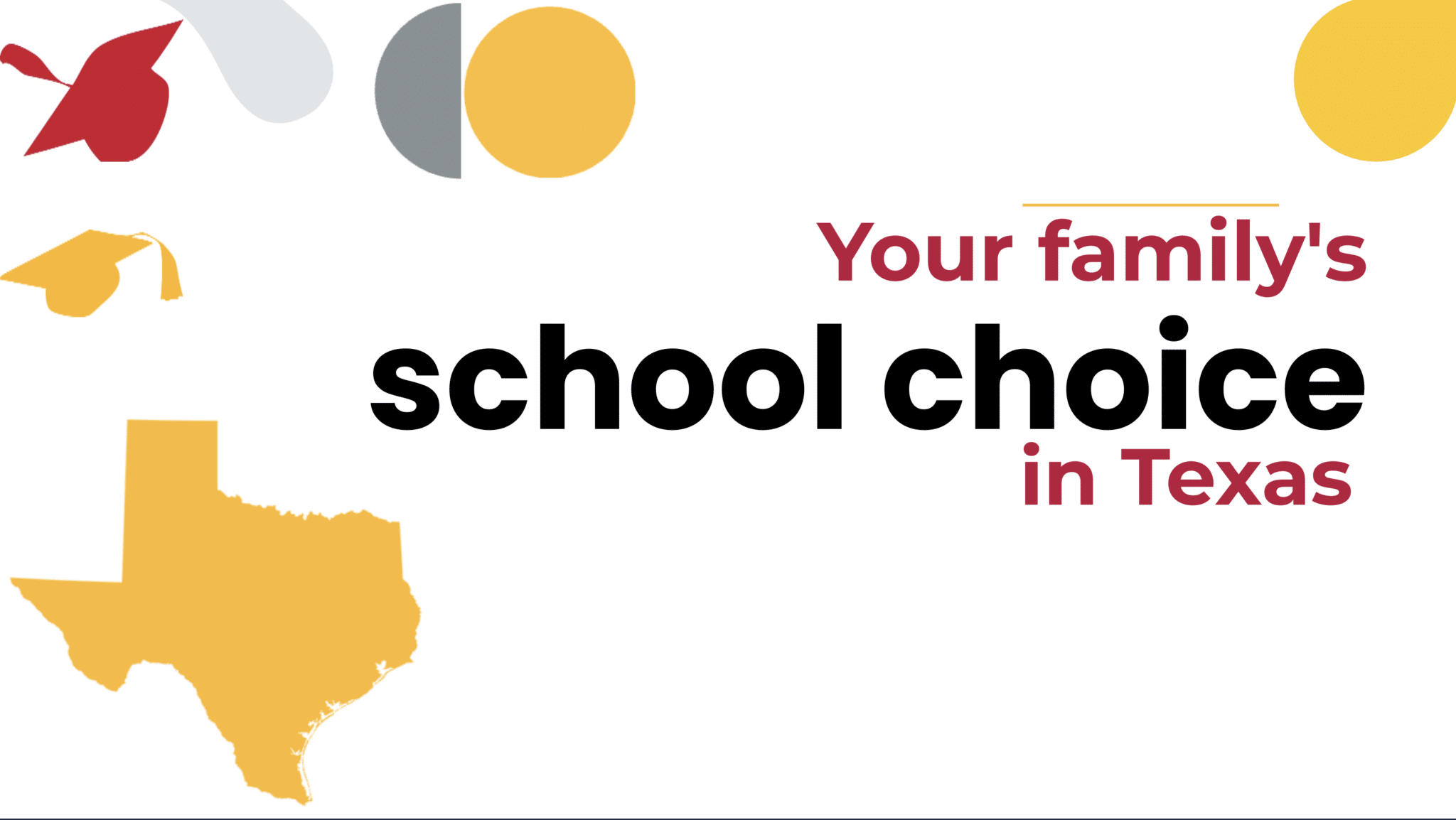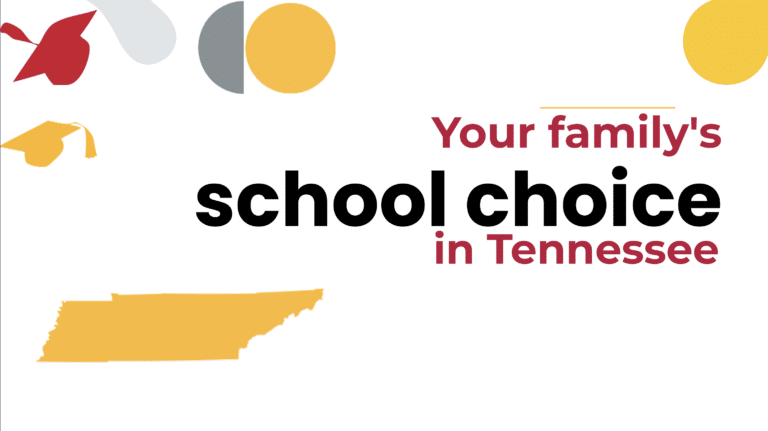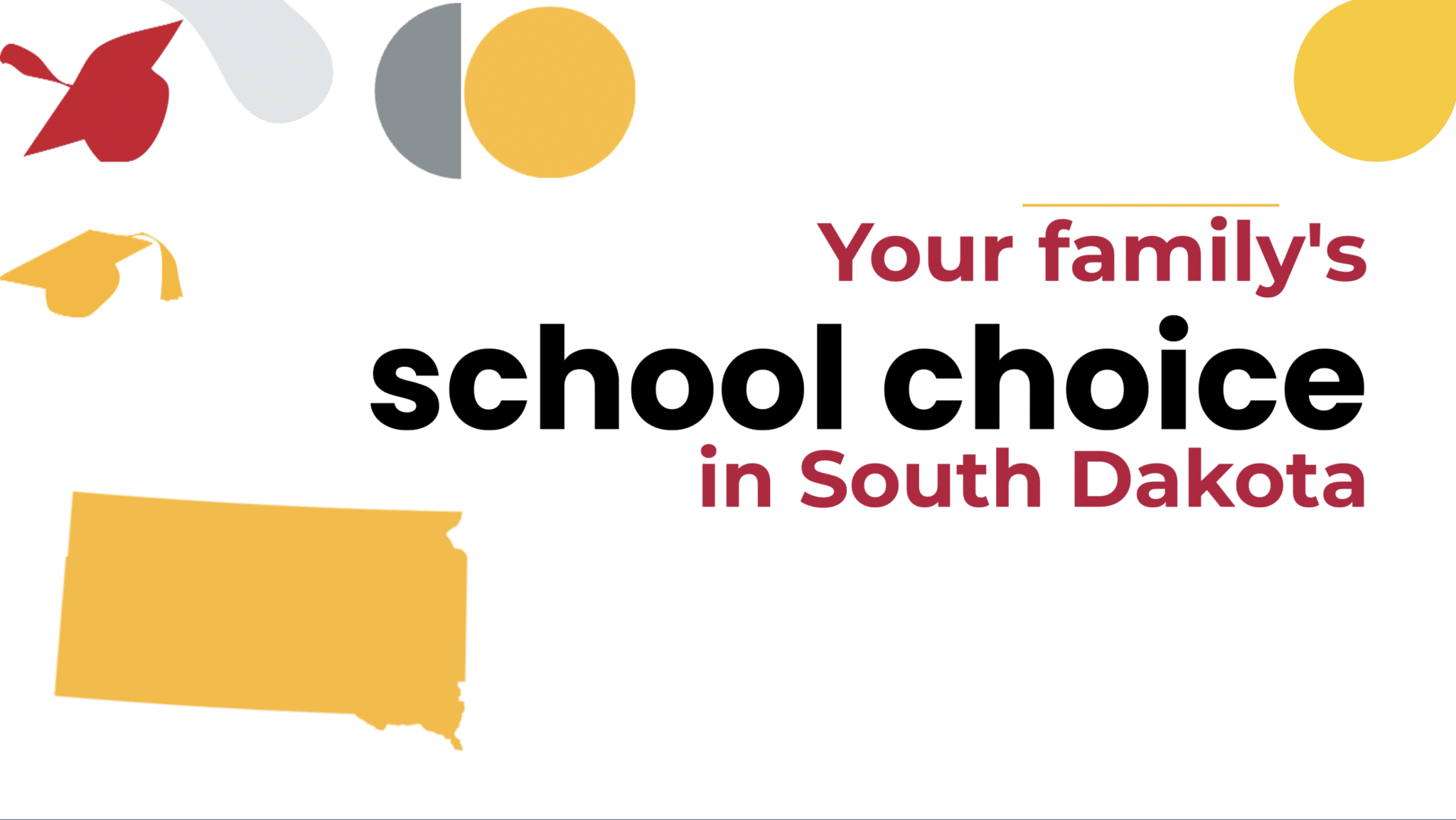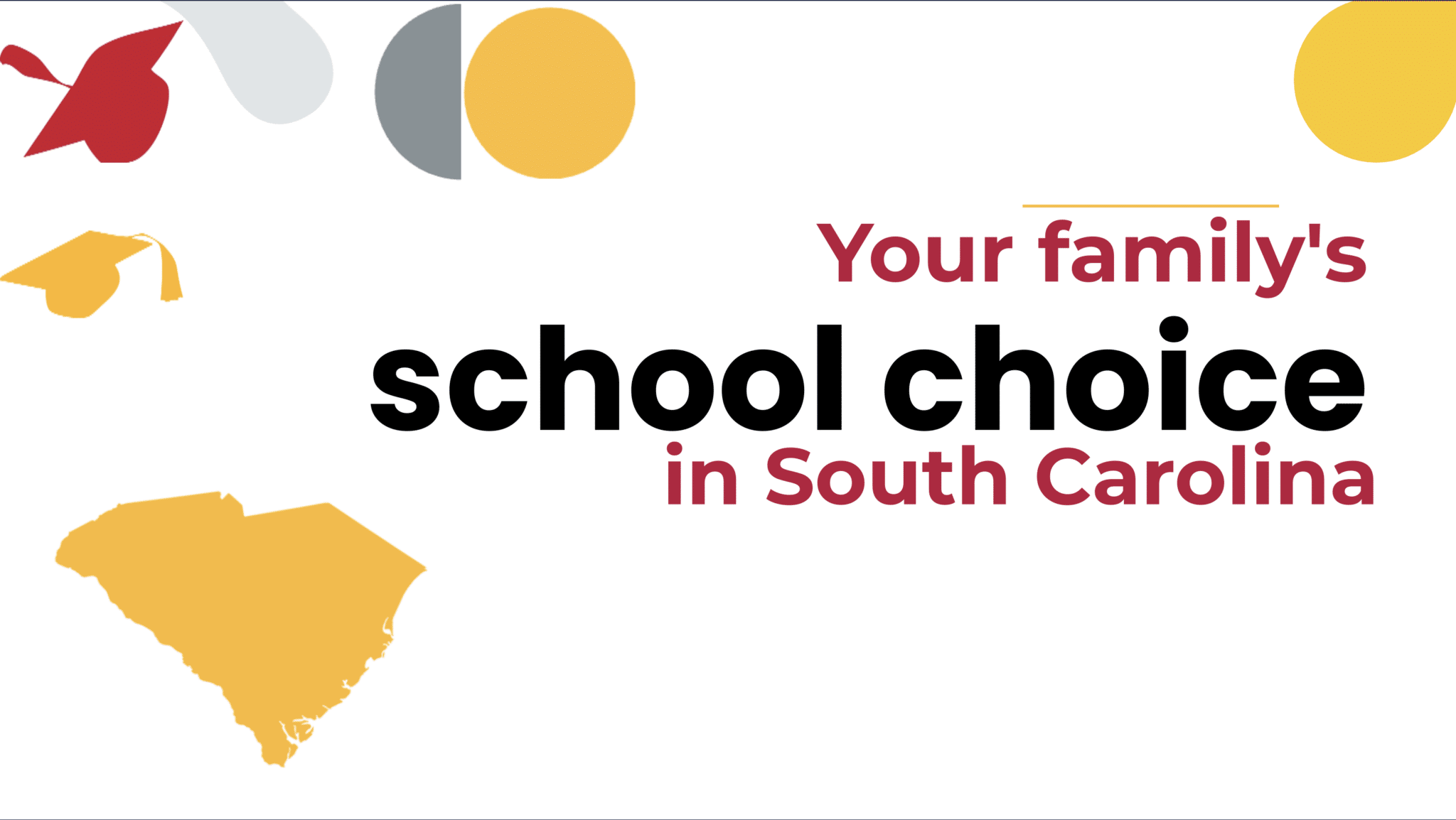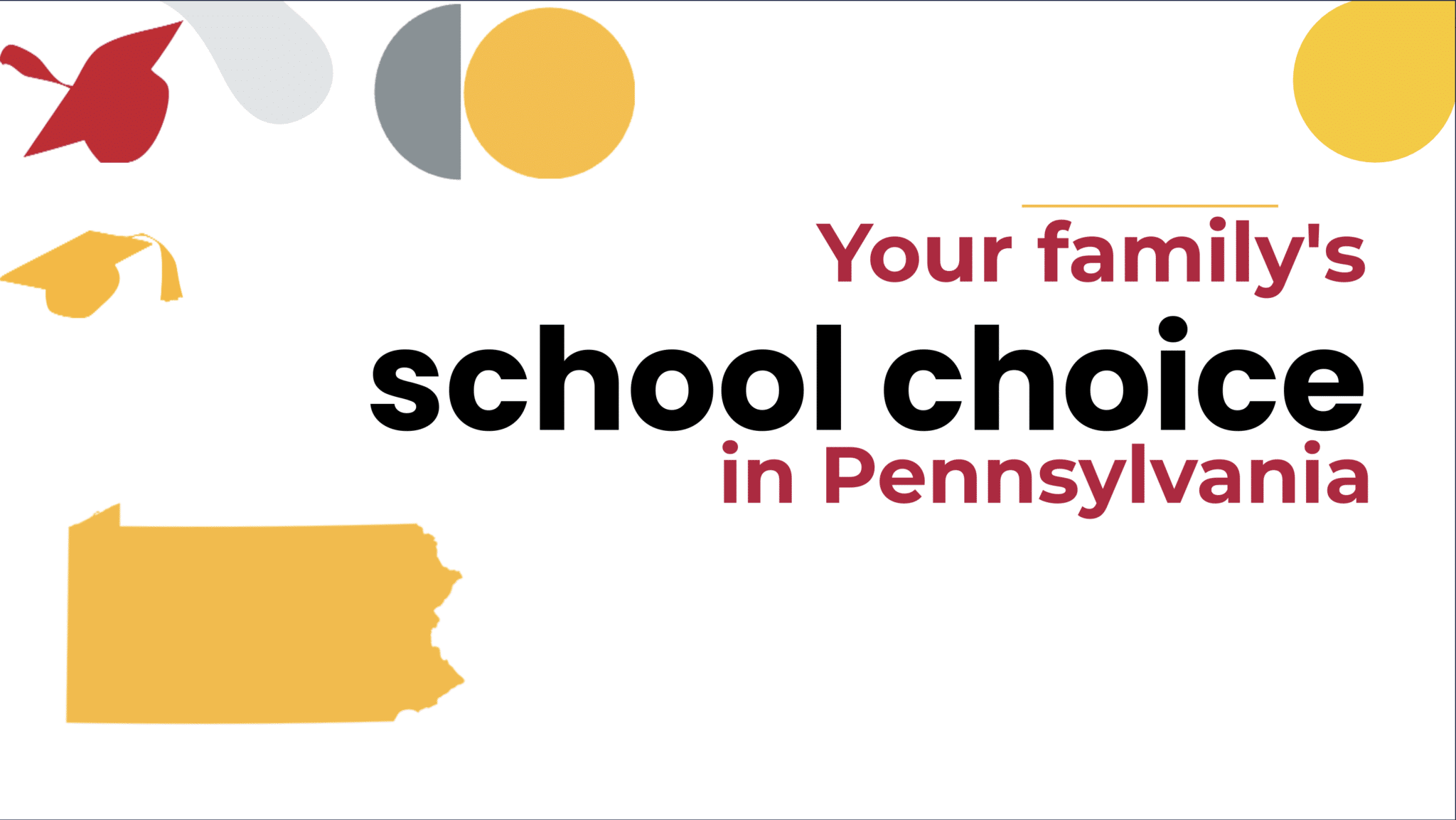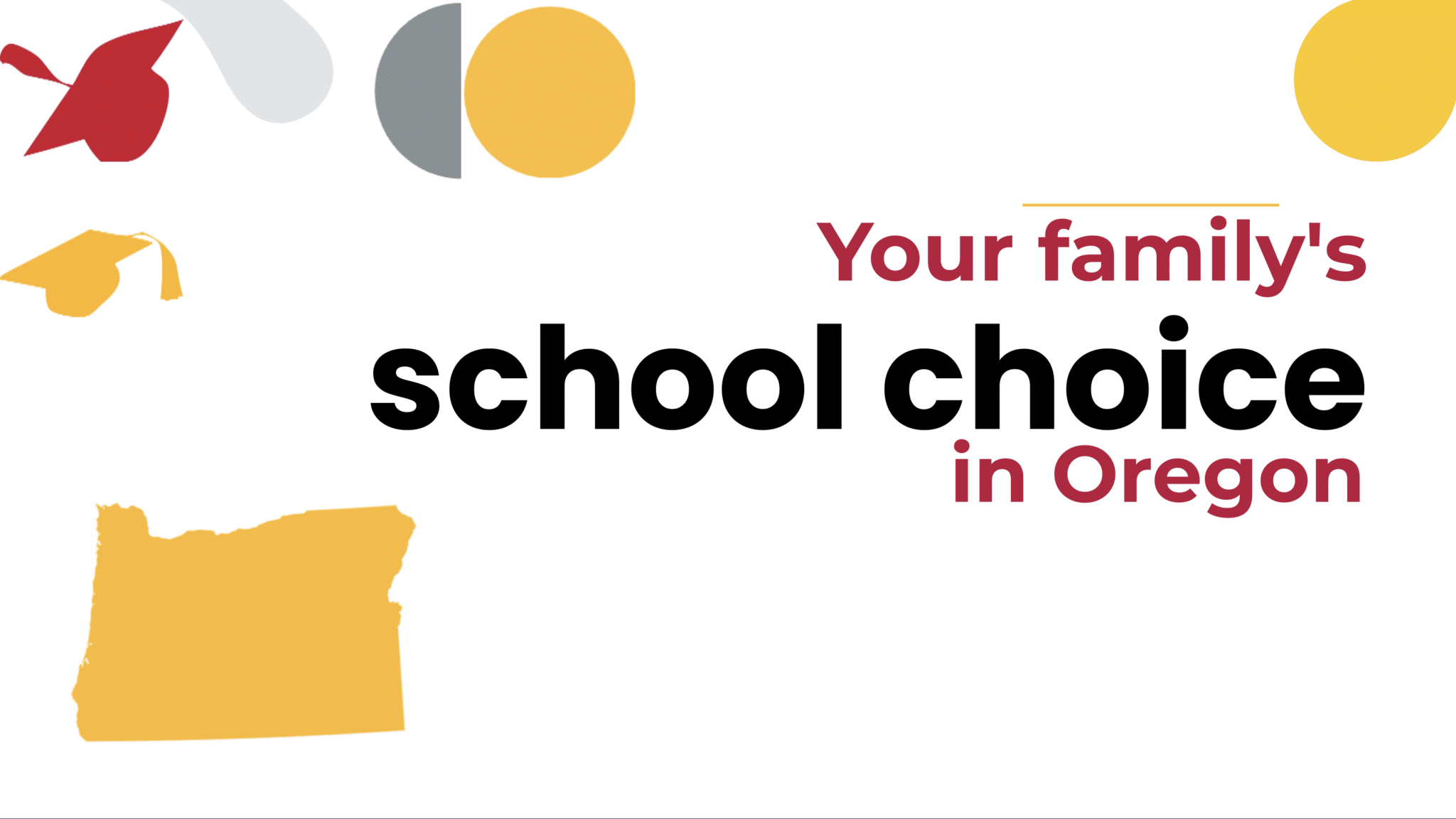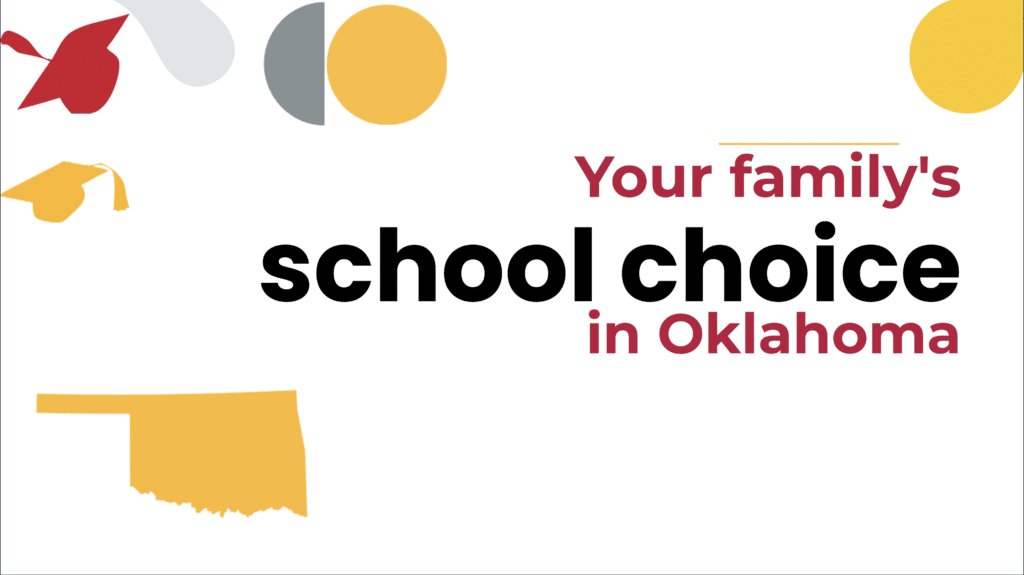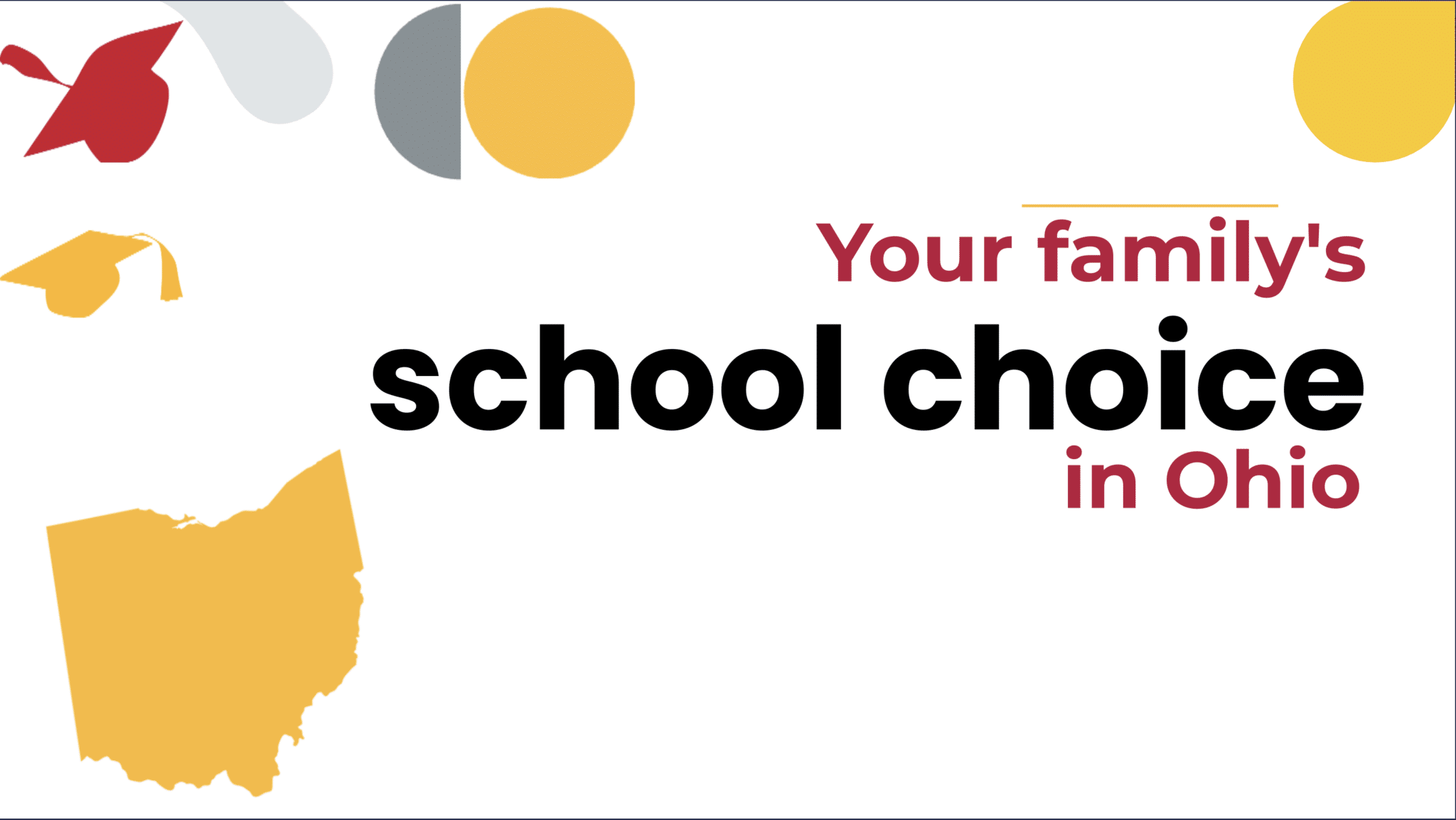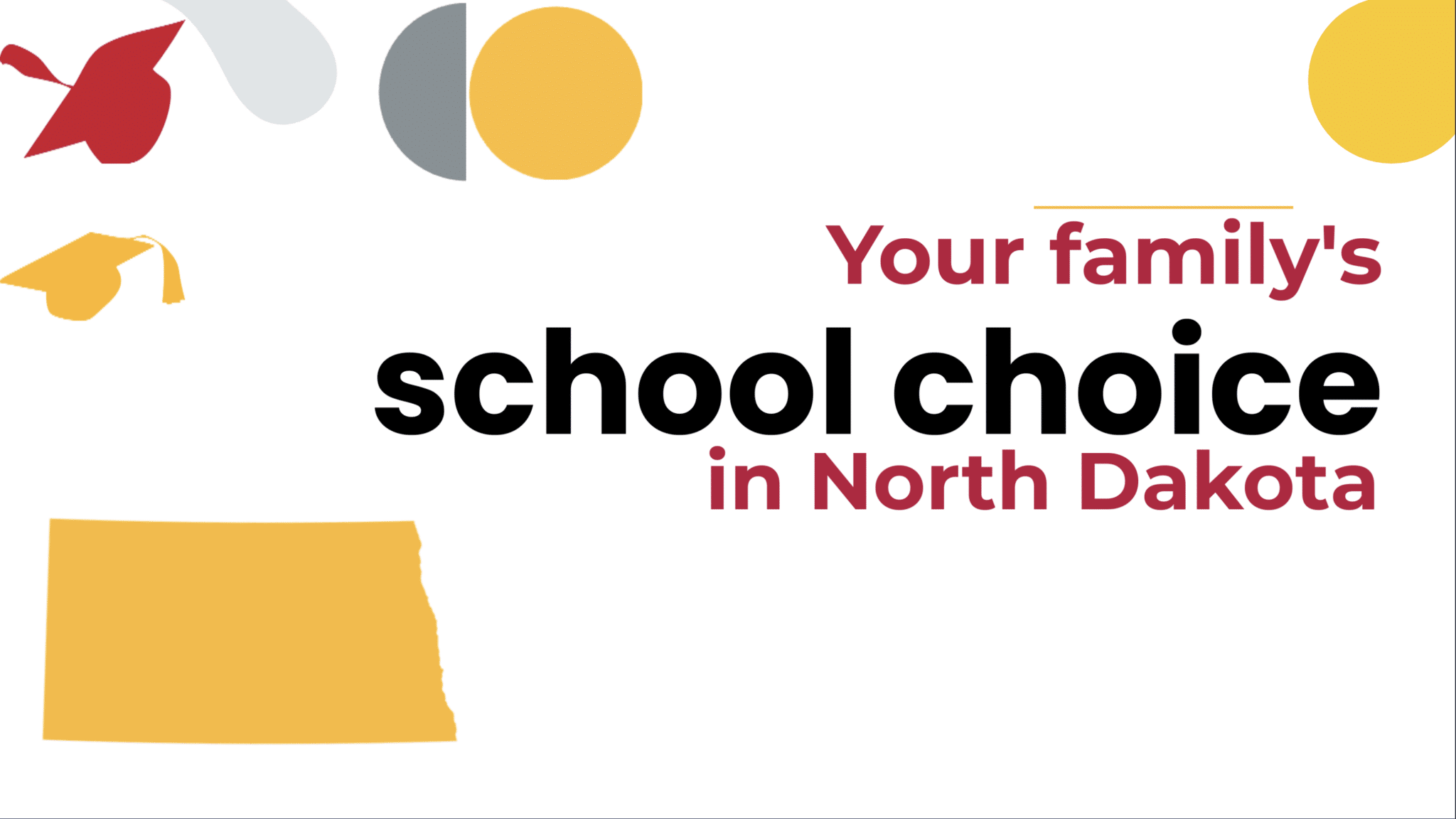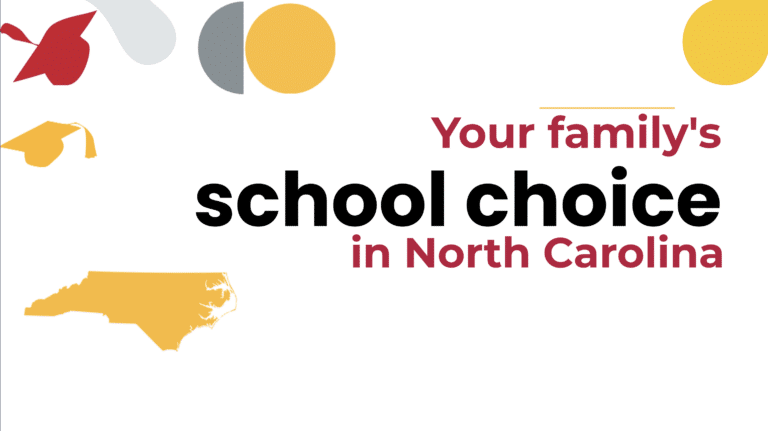Choosing a school? You’ve got options.
Wondering about school choice in Utah? There are a variety of options available for Utah families. Knowing these options can help you find a learning environment where your child is not just “getting by” at school, but actually thriving and inspired to learn.
In Utah, families can choose from traditional public schools, public charter schools, public magnet schools, private schools, online learning, homeschooling, and microschooling and mix-and-match learning.
Interested in learning more about Utah’s Education Savings Account (ESA) program? Check out our deep dive blog on the Utah Fits All Scholarship Program!
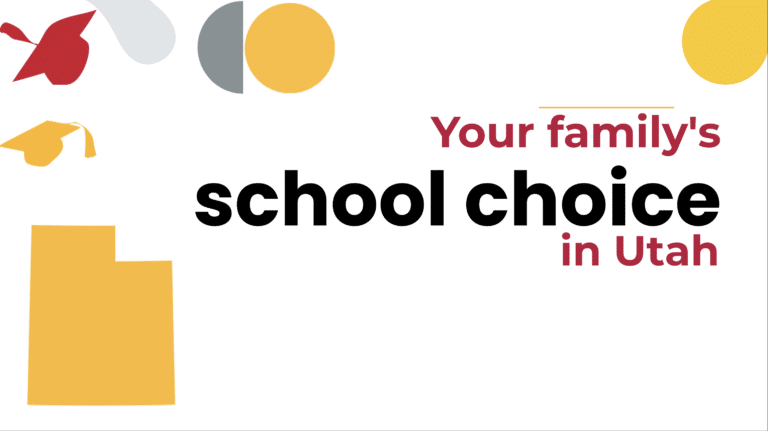
- Traditional Public Schools
- Public Charter Schools
- Public Magnet Schools
- Private Schools
- Online Schools
- Homeschool
- Microschooling
Utah Traditional Public Schools
Many Utah families choose traditional public school for their child. Currently, 82.9% of students are attending a traditional public school in Utah. Traditional public schools are operated by school districts, free to attend, open to all students, and funded by taxpayers. Did you know that, on average, Utah spends $9,095 per public school student each year? You can search your school’s spending and that of nearby schools at Project Nickel.
Utah is one of just a few states with unrestricted open enrollment for public school. What this means is that you can send your child to any public school in Utah, regardless of where you live or where the school is located. For a real-world example of the application process and deadlines, check out Salt Lake City School Districts’ open enrollment guidelines.
In Utah, you cannot be charged tuition for being a transfer student. Generally, parents are responsible for transportation to the public school of their choice or to a stop on the district’s bus route. In some cases, the previously assigned school will provide transportation if they are trying to relieve overcrowding.
You can take advantage of open enrollment by visiting multiple public schools near you and discovering which is the best fit for your family. Traditional public schools aren’t all the same: They may differ in learning methods and one may just “feel different” than another to you. You may want to learn more about public schools at the Utah State Board of Education. You can also learn more about open enrollment at “Public Schools Without Boundaries: A 50-State Ranking.”
Parents, educators, and community members can find education-related data about public schools (such as student proficiency and student growth rates) at Utah State Board of Education’s Data Gateway.
Utah Charter Schools
Charter schools are tuition-free public schools that have extra freedom to innovate with curriculum and learning methods. Utah has more than 130 charter schools that parents can choose from; check out a map of these charter schools. Currently, 11.1% of K-12 students in Utah attend a public charter school.
Each school has a charter that explains the school’s purpose and what specific community need it serves. For instance, that could be providing a performing arts program or offering a rigorous, literacy-based curriculum. If there are more families seeking admittance to a charter school than there are seats, a lottery system is usually used to determine admittance. Charter schools are held accountable to authorizing bodies for student achievement.
You can learn more from The Utah Association of Public Charter Schools or the Utah Charter School Conversations podcast. You can also read frequently asked questions about charter schools at the Utah State Board of Education, one of the authorizers for charter schools in your state.
Free transportation may be available to some students who attend charter schools in the state and live within the district where their charter school is located. Charter school students may be able to ride on a district bus, where they must board and leave the bus only at existing designated stops on existing bus routes or at an identified destination school. Students with special needs and an Individualized Education Program (IEP) are eligible for transportation assistance.
Parents, educators, and community members can find education-related data about public schools (such as student proficiency and student growth rates) at Utah State Board of Education’s Data Gateway.
Utah Magnet Schools
Families can also choose magnet schools; these are free public schools that allow kids to narrow in on a specific learning track, such as engineering or the performing arts. Magnet schools teach all subjects through the lenses of that specific track. If there is one near you with a theme that interests your child, this could be an exciting school choice to consider. Currently, 1.5% of all K-12 students in Utah attend a magnet school. In Utah, the Ogden School District has some magnet programs, such as a gifted and talented program and a space science program. Salt Lake City School District also offers some magnet extended learning programs. Plus, Washington County School District has recently launched a new magnet high school for career and technical education.
Parents, educators, and community members can find education-related data about public schools (such as student proficiency and student growth rates) at Utah State Board of Education’s Data Gateway.
Utah Private Schools
Utah families can also choose private schools. These nonpublic schools charge tuition and offer a unique learning environment that may be smaller in size, pass on a specific religious tradition, or provide a different curriculum than is available in your district school.
There are about 180 private schools across the state of Utah. The average tuition for private schools in the state is $10,962 for elementary schools and $13,036 for high schools.
In Utah, there are two state-run scholarship programs to help children with special needs access private school: The Carson Smith Special Needs Scholarship Program and the Special Needs Opportunity Scholarship program.
Also, a new scholarship open to all Utah students has launched for the 2024-2025 school year: the Utah Fits All Scholarship Program. This education savings account program will give $8,000 in flexible education funding to families choosing to enroll in a nonpublic school option, like private school. Besides private school tuition, families may be able to use the funds for other customized learning needs, including tutoring services, educational software, individual classes at a local public school, or dual enrollment at a technical college. Currently, 0.2% of all K-12 students in Utah are participating in a private school choice program.
Learn more at Private School Review: Utah.
Utah Online Learning
Additionally, don’t overlook online learning! It offers a uniquely flexible learning environment that meets a variety of family needs. Whether your child wants to accelerate his or her learning or needs a quieter environment in which to focus, you may be interested in giving virtual school a try.
All Utah students, grades K-12, can enroll full-time or part-time in online courses through Utah Online School. All courses are tuition-free. Other free online learning options are also available, such as Utah Connections Academy and Utah Virtual Academy. Moreover, Utah’s My Tech High partners with public schools to offer a full-time, personalized, distance education program for students ages 5 to 18.
Mountain Heights Academy is another free online public option for students in grades 7-12. The school is the first secondary school in the country to create and publicly release its own curriculum as an “open educational resource” freely available for anyone’s use.
Additionally, a number of Utah school districts developed their own online school programs during the pandemic, some of which continue to be options even for out-of-district students.
You can also check out Utah’s Statewide Online Education Program, which allows 6th-12th grade students regularly enrolled in public, private, or homeschool to enroll in up to six online course credits per academic year. The program gathers approved online courses to make it easy for families to access courses not available at their regular school.
More than 24,000 students enrolled in fully online schools in Utah for fall of 2022. Parents, educators, and community members can find education-related data about all public schools, including online public schools, at Utah State Board of Education’s Data Gateway. To read more about online learning in Utah, check out the Digital Learning Collaborative’s state profile.
Utah Homeschooling
Utah families can also choose to homeschool, which allows for high levels of customized learning and flexibility. Homeschooling is the process of parents educating students at home and all 50 states allow it.
In Utah, it is required that you provide a notarized homeschool affidavit prior to starting homeschool. It is also recommended that you formally withdraw your student from their public school so they are not marked truant.
The state does not define specific subjects that homeschooling parents must teach, and does not require standardized testing for homeschoolers. Note that homeschooled students in Utah may still be eligible to participate in sports, activities, or classes at local public schools.
A new scholarship open to all Utah students, including all homeschoolers, will launch for the 2024-2025 school year: the Utah Fits All Scholarship Program. This education savings account program will give $8,000 in flexible education funding to families choosing to enroll in a nonpublic school option, like homeschool. Besides homeschool curriculum, families may be able to use the funds for other customized learning needs, including tutoring services, educational software, individual classes at a local public school, or dual enrollment at a technical college.
You can learn more at the Utah State Board of Education’s Homeschooling page, the Utah Home Education Association, Home School Legal Defense Association – Utah, and Utah Christian Home School Association.
Utah Microschools and Mix-and-Match Learning
Today, some Utah families are mixing and matching school options to come up with new ways to personalize education. Microschools are one of these ways. A microschool refers to students gathering together in a small group – with adult supervision – to learn, explore, and socialize. Microschools can take a variety of shapes and legal forms, from homeschoolers coming together at an enrichment center to a private school committed to small classrooms. What microschools share in common is a distinct commitment to small-group learning, close-knit relationships, and an emphasis on children as individual learners.
Here are a few real examples of innovative learning choices and related resources in Utah:
- CHOICE Learning Center is an Acton Academy affiliate in Bountiful with a focus on learning as a lifelong endeavor. Aim Academy also operates Acton-affiliated campuses in Utah. Acton Academy also has a school located in Cache Valley.
- My Tech High, based out of Utah, offers flexible, student-tailored learning arrangements where students enroll full-time in a public school but learn online, locally in-person, or in a hybrid format.
- Besides offering support for homeschoolers, Homeschool Hub Utah offers a list of hybrid education options for homeschool families wanting to partner with schools for specialized instruction and special education resources.
- In this Forbes article, Kerry McDonald has shone light on some of the regulatory challenges that microschools in Utah face.
- Once it launches in 2024, the Utah Fits All Scholarship Program will offer families flexible funding to customize their child’s learning.
Remember, microschooling is more a mentality than a specific legal distinction in most cases. Often, a family participates in a microschool while legally homeschooling, or being enrolled in a private or online school.
Search for Schools Near Me
Microschooling and Mix-and-Match Learning
How can it empower parents and help kids achieve their dreams?
7 Step Guide
Tips to help you find a school where your daughter or son will learn, succeed, and be happy.
Education Resources for
Utah Parents
For additional information about school choices in
Utah, visit these resources:
Every state is different when it comes to school choice options.
Sign up below to get a detailed comparison:
"*" indicates required fields

